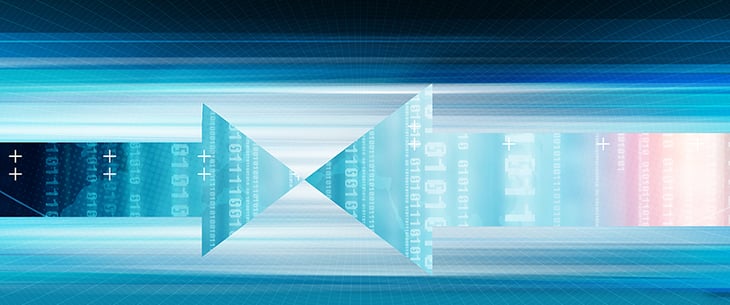Ameren is in the midst of a multi-year GIS Replacement Program for both their Missouri and Illinois operating companies to migrate from a dated environment to a state-of-the-art Esri and Schneider Electric ArcFM solution for both gas and electric lines of business. Included within the initiative is Ameren’s implementation of Esri’s Utility and Pipeline Data Model (UPDM) for their gas distribution (GD) and UPDM with ArcGIS Pipeline Referencing (APR) for their gas transmission (GT) assets. UPDM is a comprehensive data model designed to accurately represent both standalone and vertically integrated gas and hazardous liquid pipe networks. UPDM with APR is the industry leading solution for managing GT pipelines in a linear referenced environment to better serve the risk-based pipeline integrity products (TIMP).
UPDM – the Preferred Gas Data Model
A key business driver in the selection of UPDM as the preferred data model for the gas system at Ameren is the ability to have a holistic view of the entire gas system in a single representation. This was a capability of the existing solution and continuing to provide the same functionality was important for the Ameren end-users. Because Ameren is implementing Esri’s APR solution for Gas Transmission and Schneider-Electric’s ArcFM solution for Gas Distribution, there will need to be two separate editing environments based on the type of gas assets. The utility has a long-range goal of migrating to Utility Network, which will resolve this situation and provide a single GIS editing solution that can bridge transmission and distribution. Nevertheless, working with UDC, Ameren was able to architect a solution which provides for a single, holistic view of the gas system from storage fields through regulator stations to local distribution systems down to customer meters.
Bridging the Gap between APR and ArcFM
The UDC team at Ameren accomplished this via a nightly workflow that pushes data from the multiple maintenance (EDIT) environments to publication (PUB) environment such that the entire dataset can be consumed by dependent applications and integrations. This design achieves the following high-level requirements:
- Provide support for web applications that need to consume both GD and GT data together
- Provide a seamless gas network trace of features between GD and GT
- Provide a transactional database for mobile users that maintains the daily delta changes to enable out-of-the-box replication
- Support other downstream integrations (new and existing)
- Feed Ameren’s Maximo EAM solution with nightly updates from GIS
As part of the solution process, the GIS editing datasets (“system of record”) will be merged together to provide a single database model that supports the publication requirements (“system of engagement”) for both GT and GD data. The resulting publication environment will be the primary source of data for all downstream applications that connect to the publication environment and will contain a geometric network that combines both GT and GD data so that a single connectivity trace can be performed between the two datasets, therefore supporting that function via the web interface.
In order to maintain a continuous network between GT and GD, stitch points are maintained in each editing environment to reflect the boundaries between transmission and distribution assets. During the nightly process that merges the transmission and distribution datasets, there is a process to regenerate stitch lines as needed to join stitch points of transmission pipe to stitch points of distribution main and effectively create a complete pipe network.
Unlocking the Full Potential of UPDM
This innovative solution provides for creating a single, traceable gas system while still allowing GIS editors to have access to the advanced features of both APR in transmission and ArcFM in distribution. It also unlocks the full potential of the UPDM data model without having to wait for the advanced editing tools that are anticipated in the Utility Network. Ameren can begin deriving benefit from UPDM immediately and upgrade to Utility Network over time.
Watch our joints Esri UC presentation with Ameren to learn more or contact us.
